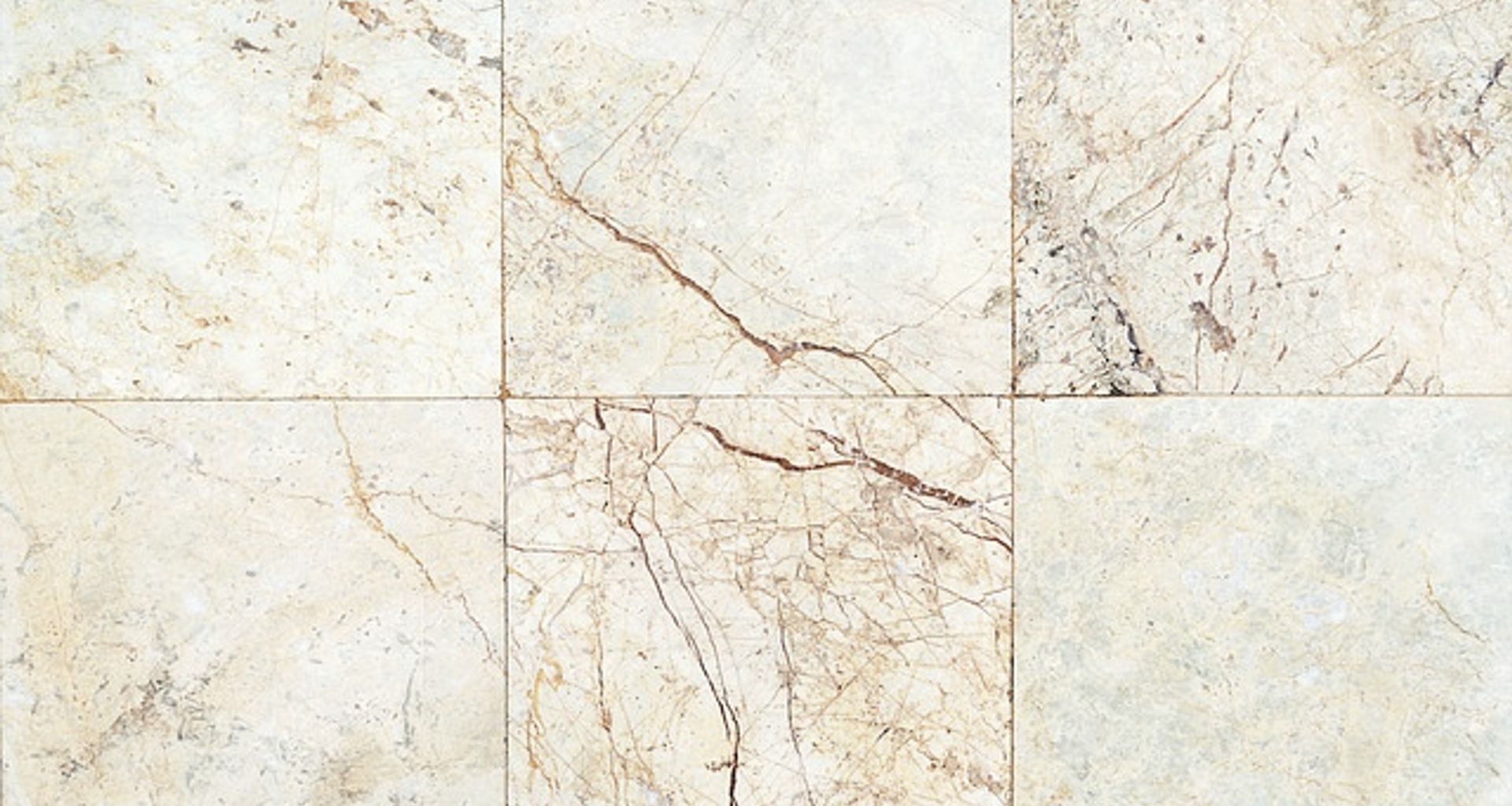All About Tiles

Tiles are economical, durable and environmentally friendly. They’re a popular choice for flooring and walls.
Made from natural clay or recycled materials means tile manufacturing doesn’t require use of heavy chemicals. Unlike other flooring manufacturing where harmful substances are often used.
Stone, metal, terrazzo, clay and quartz are a few of the types of tiles used for residential and commercial interiors. However, the most popular floor tiles are ceramic, porcelain and natural stone.
The tile you choose in a room, whether used on the floor or wall, can transform the feel of the space. And today there are tiles to suit every style and budget.

Ceramic
Ceramic tiles are light-weight, clay-based tiles. They’re pressed and fired at lower temperatures than porcelain and are often finished with a durable glaze. This glaze can be either gloss or matte.
Ceramic tiles are cost effective but still give a superior look. They’re great for use on both indoor floor and wall applications.
Available in so many types, colours, textures and sizes makes the design possibilities seem endless for ceramic tiles.
Porcelain Tiles
Porcelain is more expensive and can be harder to work with. However, it offers great durability, natural stain resistance, minimal water absorption and has a large selection of colours and styles. All these options make it a great choice for walls and floors in any bathroom, kitchen or outdoors area.
Porcelain tiles contain a white dust called ‘Feldspar’. They’re pressed and fired at high temperatures making them very dense and durable.
Natural stone
As the name suggests, stone is a natural product. They don’t go through manufacturing processes like ceramic and porcelain tiles. Instead these tiles are produced from natural materials which are quarried, slabbed, finished and cut to size. Each type has thousands of varieties and different characteristics depending on where and when the stone was quarried.
Natural stone can be relaxed with a rough organic look, or it can look more formal with a beautiful, refined finish.

Some types of natural stone tiles, which are used for floors and walls are:
- Granite– Granite stone has a very granular texture and has been used for kitchen bench tops for years. It’s also popular for shower walls and bathroom bench tops. Granite tiles are naturally antibacterial. Also, this stone doesn’t water damaged which makes it a great choice for wet rooms.
- Slate – Slate tiles are growing in popularity due to their versatility. They’re even used as roofing and shingles. Slate is a natural material and is available in several colour ranges, from grey to purple to black. Slate is used outside as well as inside because of its natural look and range of colours.
- Travertine – Travertine is a form of sedimentary rock. This natural beige stone is commonly used for bathroom flooring, kitchen splash backs, and mosaic tiles in showers. These stones are ideal products to be used internally and externally.
- Marble – Marble is a versatile natural stone. It’s been used for many years in all styles of homes to create a luxurious and unique look. Being a natural stone, there are variations in the colour of each marble tile.
- Onyx – Onyx is well known for its creamy, pearl-like look. Onyx isn’t a common choice for flooring, but is used on some occasions. It’s generally applied as a skirting around bathtubs and mosaics.
- Sandstone – Sandstone is extremely durable and has a grainy look and feel. Often used for wall applications and for outdoors.
We recommend consulting with a stone fabricator to determine the best surface finish for your project. It’s important that the type of natural stone you choose is suitable for its intended application.
